Delphi Museum 2: Marble and Music!
The second part of the museum contained lots of marble in the form of inscriptions and statues. Check it out!
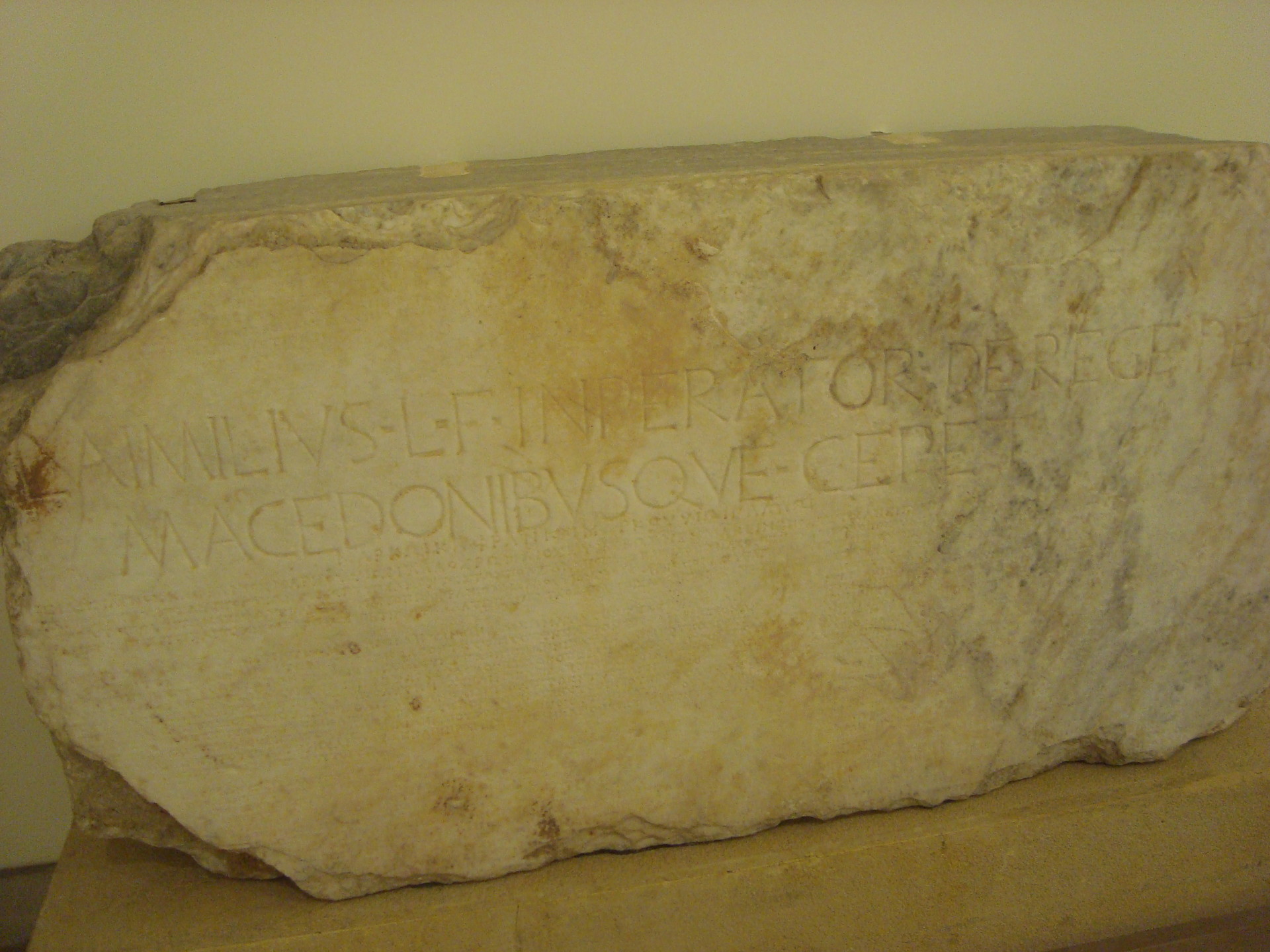
This inscription is written in Latin, but it's not classical Latin. It's from the Hellenistic Period or Late Antiquity as the dedicator's name L. Aimilius is written with an "i" instead of an "e" as the second letter. While this alone could be attributed to the fact that this would be the Greek way of spelling diphthongs and pronouncing them (just as they would do with "Caesar" - "Kaisar", hence German "Kaiser" for "imperator"), the second weird thing is the word "inperator" ... with an "N". Yes. Why, just why? Were these people stupid? Well, we don't know, that's just language change: A slight shift in pronunciation, random errors or fancy trends could change parts of a language and lead to the development of new idioms. If I remember correctly, a Spanish king in the 17th or 18th century had a pronunciation deficit: He was lisping. Eventually, his court and then the whole country (subconsciously?) reproduced this way of pronunciation, and so the "c" in modern-day Spanish is sometimes pronounced like the English "th", such as in "Barcelona".
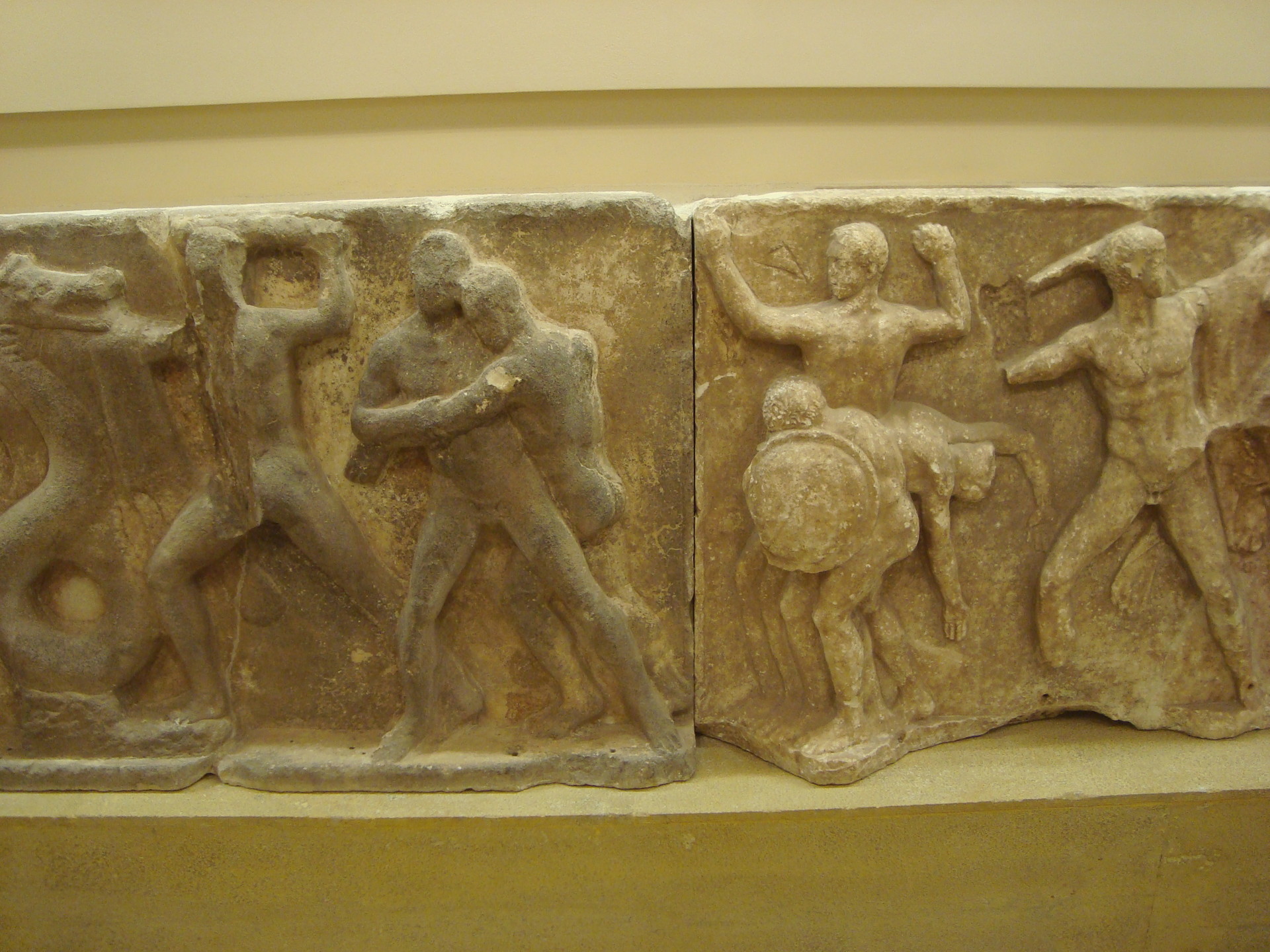
Here we see a ferocious war scene featuring: Man versus beast (left), wrestling (middle; as "gymnos" means naked, hence "gymnastics" were originally done by naked artists), a kind of mess with a shield and someone preparing to throw a javelin or stab the enemy with his spear (right).
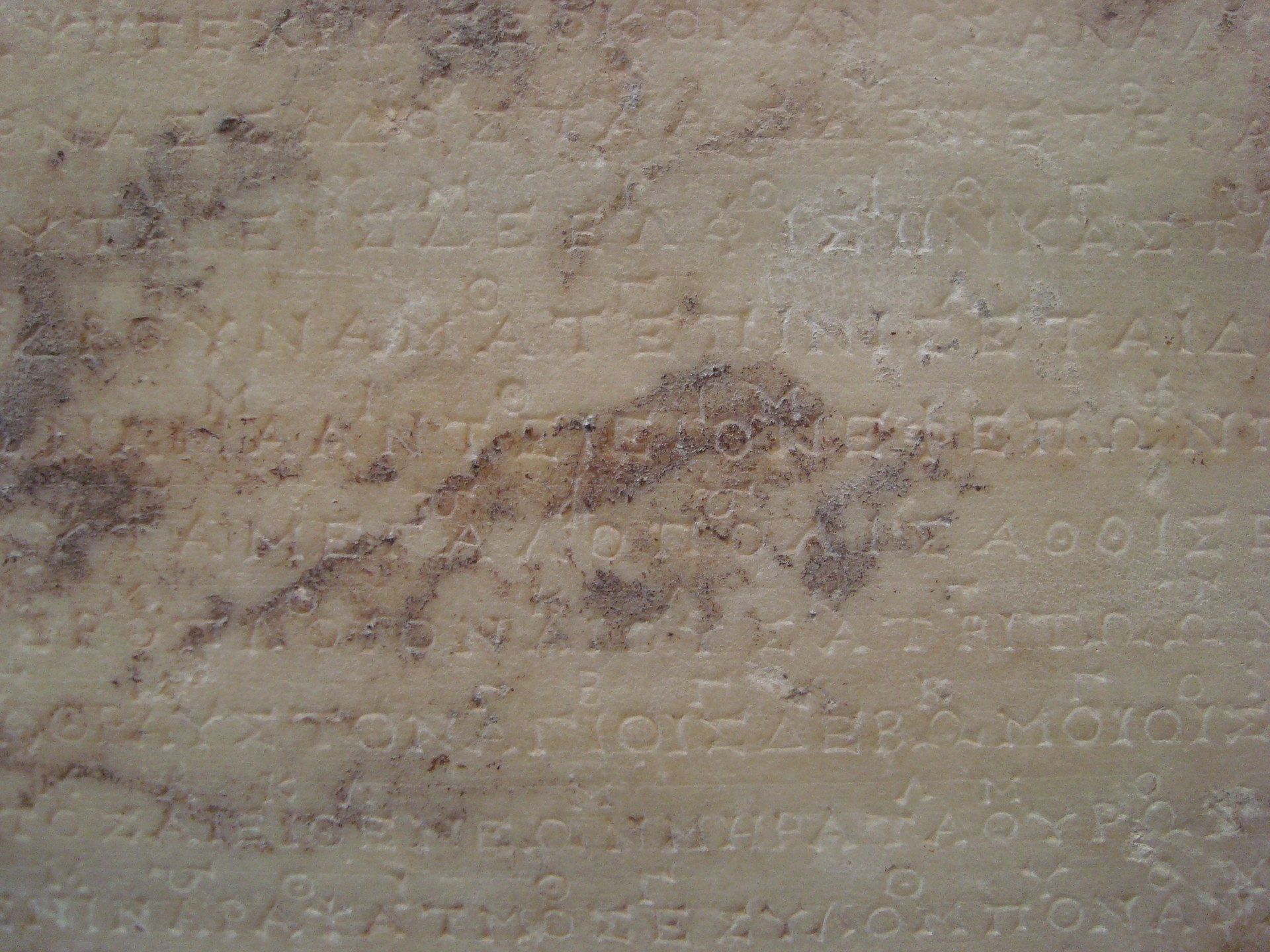
These marble inscriptions are a very special find, especially for the music lovers among us! Walking past them first, I hardly noticed anything special until my tutor called me back, informing me of their actual content ... see, when you judge by appearance only, you might miss a lot of information! Look closely: Between the actual lines, there are more letters. What does this mean? This is the first completely extant musical notation, stemming from the late 2nd century BC. They were hymns to Apollo, and their notation could be deciphered using a 4th-century manual. A year after the excavation, the hymns were performed at the Sorbonne to celebrate the discovery. (source and sound file: Wikipedia - Delphic Hymns)
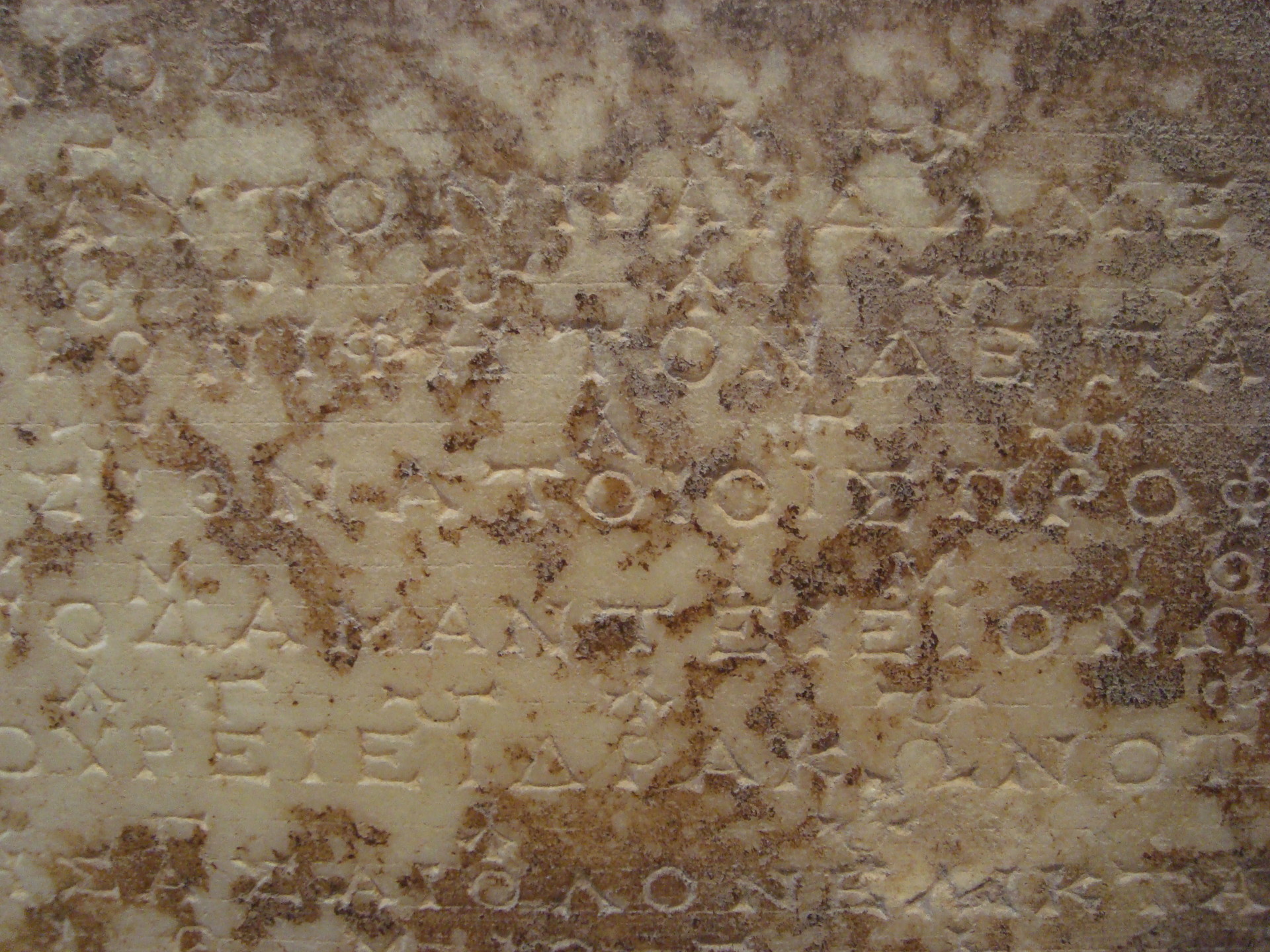
There are two verses completely extant (even the author is known), the third one is readable only in fragments. Maybe you also heard of the Hurrian hymn, the oldest extant musical piece ever, or the Seikilos stone, the oldest surviving song from around the 1st century AD. "Old music is the best, all this medieval, baroque, classical, Romantic, Modernist and postmodern crap is too mainstream!" - Said every single 1st century AD kid ever.
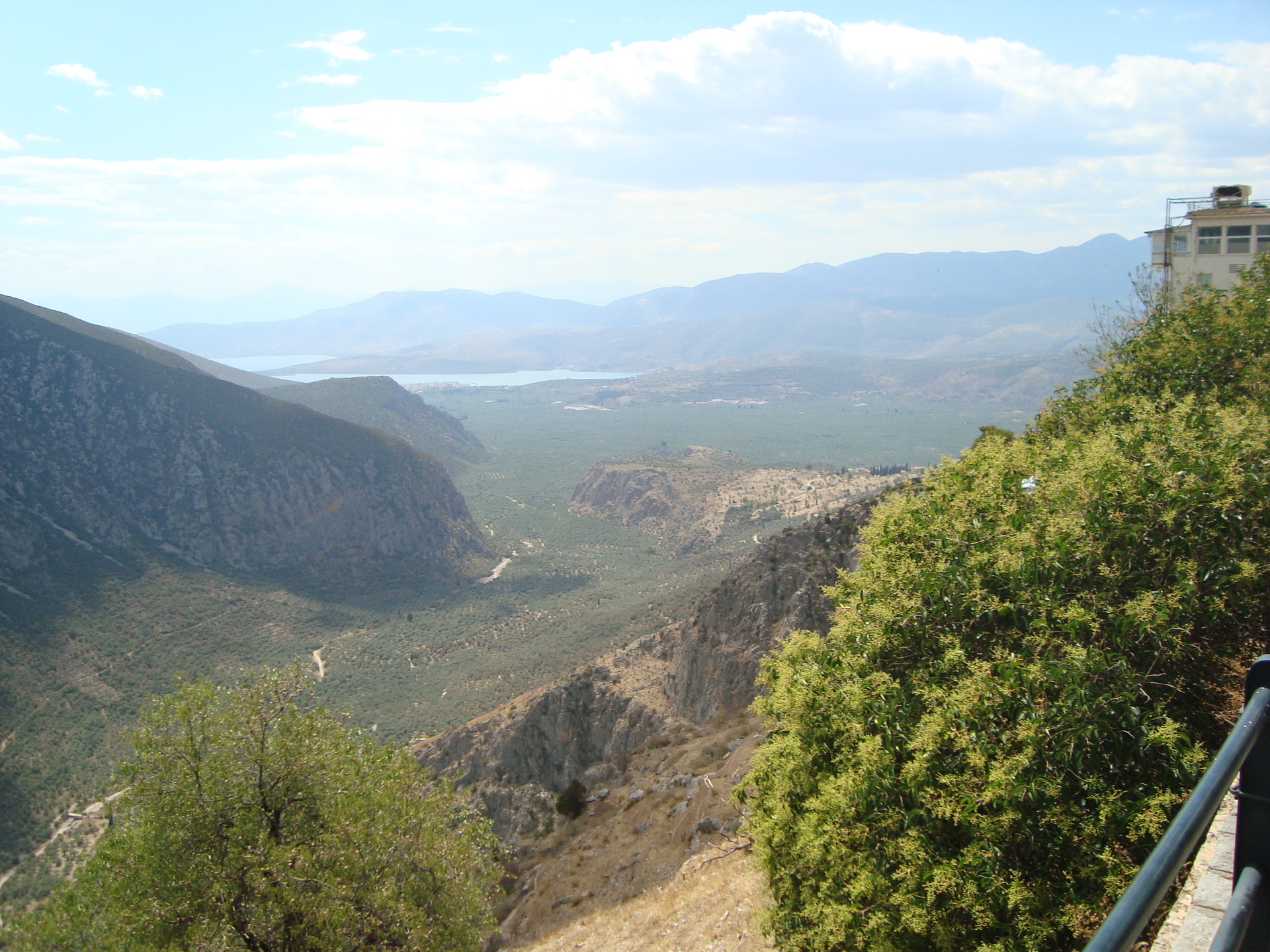
That's it - enough museum for another day. With the highlight of the music notation in mind, I left Delphi with my group, and we marvelled at the landscape with its wide panoramic views.
Next up: Olympia - an absolute highlight! Don't miss ou!
Photo gallery
Want to have your own Erasmus blog?
If you are experiencing living abroad, you're an avid traveller or want to promote the city where you live... create your own blog and share your adventures!
I want to create my Erasmus blog! →








Comments (0 comments)